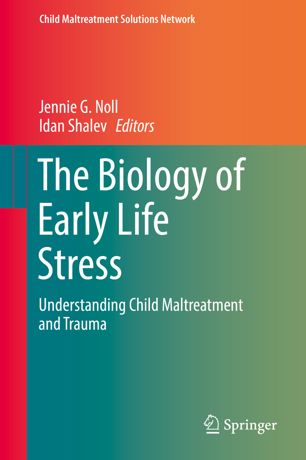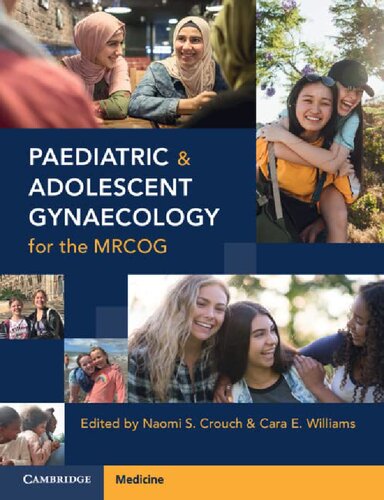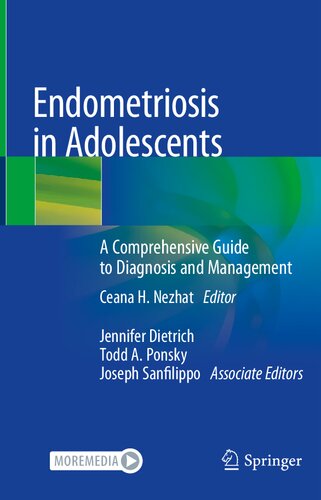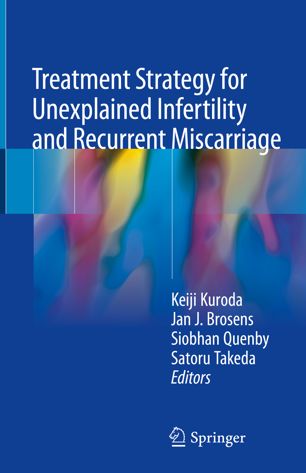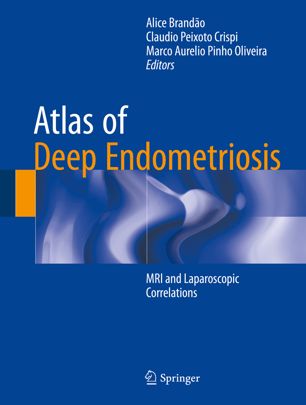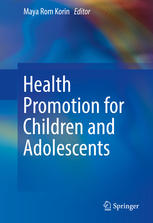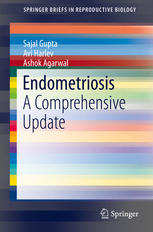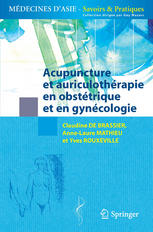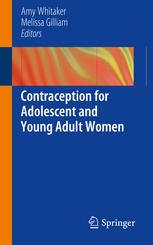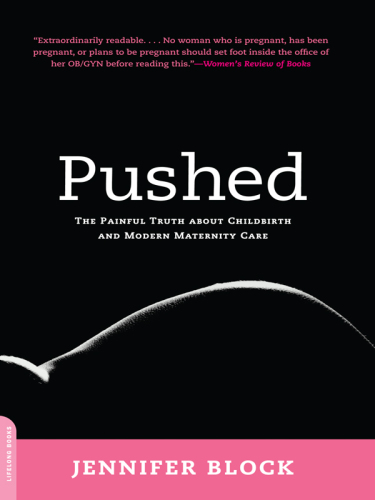بیولوژی استرس اولیه زندگی: درک بدرفتاری و تروما در دوران کودکی ۲۰۱۸
The Biology of Early Life Stress: Understanding Child Maltreatment and Trauma 2018
دانلود کتاب بیولوژی استرس اولیه زندگی: درک بدرفتاری و تروما در دوران کودکی ۲۰۱۸ (The Biology of Early Life Stress: Understanding Child Maltreatment and Trauma 2018) با لینک مستقیم و فرمت pdf (پی دی اف)
| نویسنده |
Idan Shalev, Jennie G. Noll |
|---|
| تعداد صفحهها |
162 |
|---|---|
| نوع فایل |
|
| حجم |
3 Mb |
| سال انتشار |
2018 |
89,000 تومان
معرفی کتاب بیولوژی استرس اولیه زندگی: درک بدرفتاری و تروما در دوران کودکی ۲۰۱۸
این مجموعه نوآورانه حوزه نوظهور زیست شناسی استرس را برای بررسی تأثیرات منبع اصلی استرس در اوایل زندگی گسترش می دهد: کودک آزاری و بی توجهی. یافته های تحقیقاتی در سراسر غدد درون ریز، ایمونولوژی، علوم اعصاب و ژنومیک، بینش های جدیدی را در مورد متغیرهای روان شناختی مرتبط با ناملایمات در کودکان و پیامدهای آنها ارائه می کند. این داده های چند رشته ای قانع کننده به مدل امیدوارکننده ای از مکانیسم های بیولوژیکی درگیر در تاب آوری فردی در میان سوء استفاده مزمن و آسیب های دیگر اضافه می کنند. در عین حال، این یافته ها همچنین فرصت های متمایز جدیدی را برای خدمت به کودکان و جوانان در معرض خطر، با تمرکز بر پیشگیری، مداخله، و شاید حتی معکوس کردن اثرات ترومای مزمن اولیه باز می کند.
شامل پوشش:
- پیامدهای بیولوژیکی بدرفتاری با کودکان
- به سوی یک رویکرد مبتنی بر انطباق برای تاب آوری
- ترومای رشدی: رشد مغزی و کودکان بدرفتاری با و بدون PTSD
- بدرفتاری با کودکان و PTSD دوران کودکی: ناهنجاری در مدارهای عصبی روان رنجوری تهدید
- یک چارچوب زمانی یکپارچه برای تاب آوری روانی
<
<
<
عوامل استرس زای اولیه زندگی زیست شناسی مطالعه مهمی برای محققان در زمینه کودک آزاری است. آموزش روانشناسان بالینی در زمینه مشاوره، روانشناسی، تروما و پرستاری؛ دکترها. و سیاست گذاران در سطوح ایالتی و فدرال. حامیان و پزشکان برای کودکان و بزرگسالان جوان، و پزشکان به طور کلی، آن را یک منبع قانع کننده خواهند یافت.
This innovative collection extends the emerging field of stress biology to examine the effects of a substantial source of early-life stress: child abuse and neglect. Research findings across endocrinology, immunology, neuroscience, and genomics supply new insights into the psychological variables associated with adversity in children and its outcomes. These compelling interdisciplinary data add to a promising model of biological mechanisms involved in individual resilience amid chronic maltreatment and other trauma. At the same time, these results also open out distinctive new possibilities for serving vulnerable children and youth, focusing on preventing, intervening in, and potentially even reversing the effects of chronic early trauma.
Included in the coverage:
- Biological embedding of child maltreatment
- Toward an adaptation-based approach to resilience
- Developmental traumatology: brain development and maltreated children with and without PTSD
- Childhood maltreatment and pediatric PTSD: abnormalities in threat neural circuitry
- An integrative temporal framework for psychological resilience
The Biology of Early Life Stress is important reading for child maltreatment researchers; clinical psychologists; educators in counseling, psychology, trauma, and nursing; physicians; and state- and federal-level policymakers. Advocates, child and youth practitioners, and clinicians in general will find it a compelling resource.

